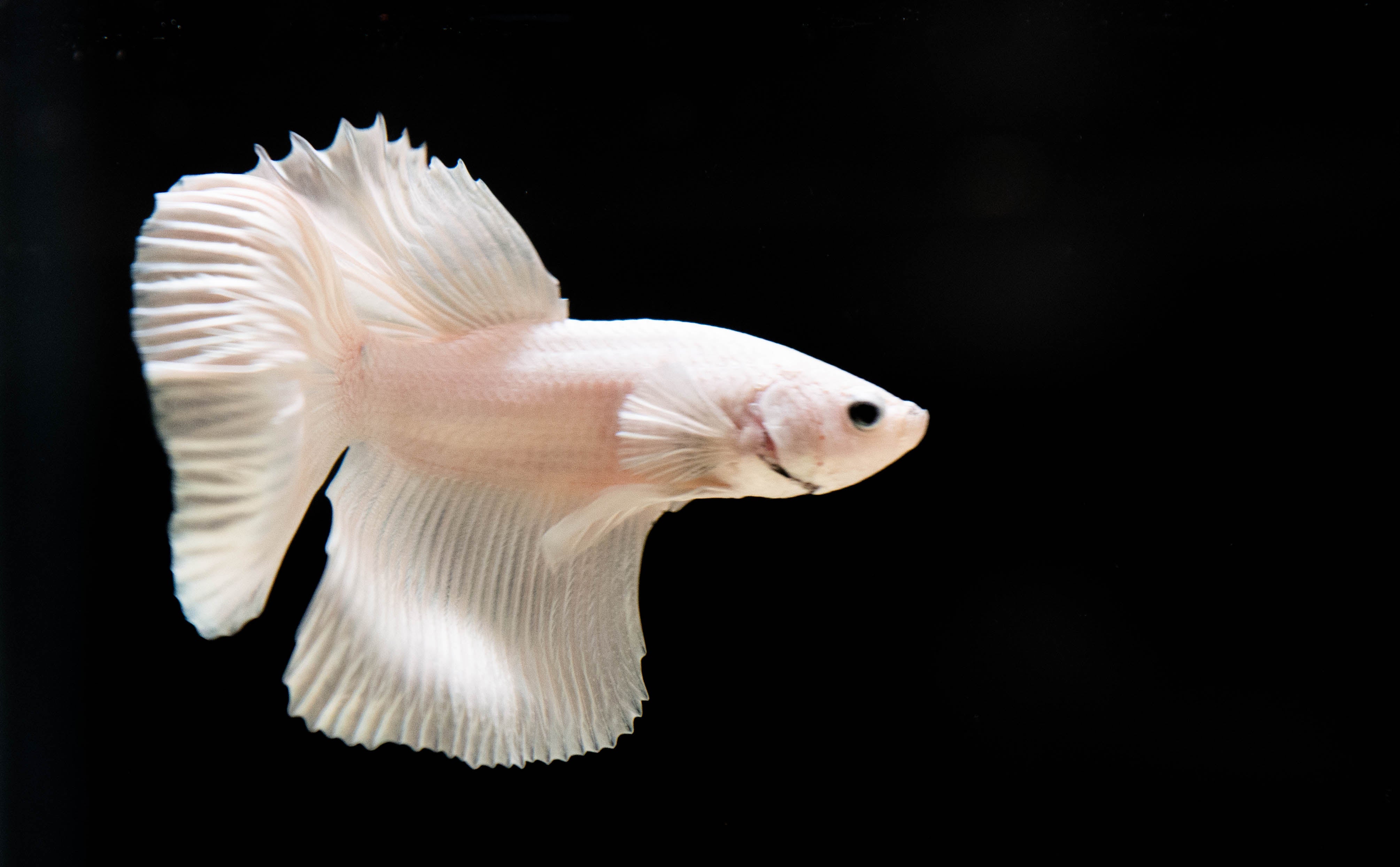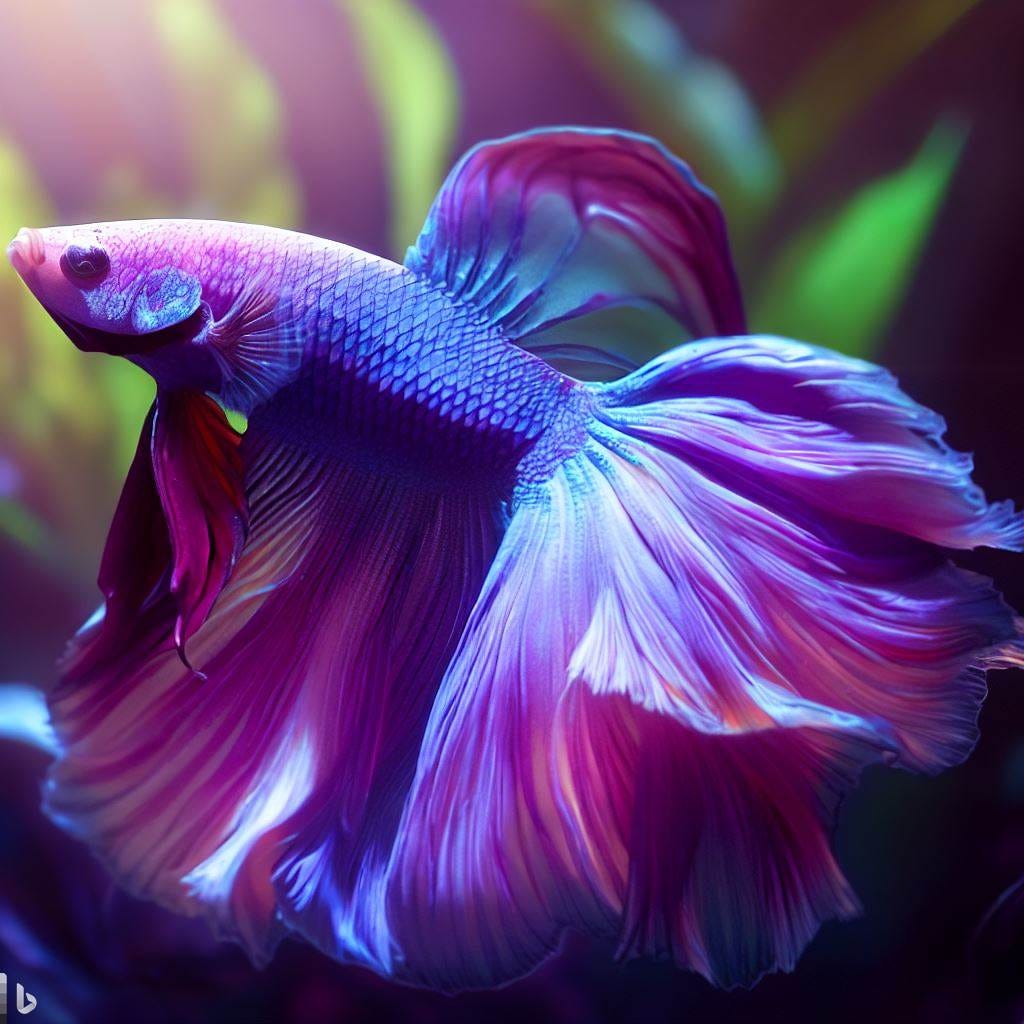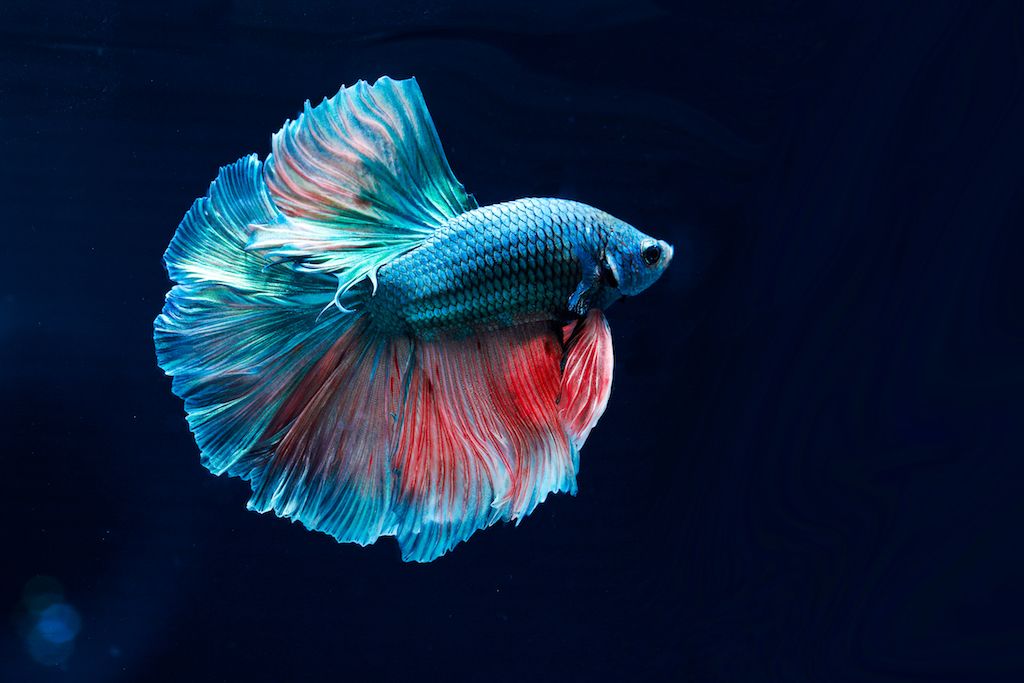Betta Fish Tank Arrangement: A Step-by-Step Overview for Beginners
Betta Fish Tank Arrangement: A Step-by-Step Overview for Beginners
Blog Article
Reproducing Betta Fish: a Comprehensive Step-By-Step Overview to Efficiently Raising Baby Bettas From Eggs to The Adult Years
Breeding Betta fish is a careful venture that needs cautious preparation and execution to make certain the successful development of fry from eggs to grow fish. Picking genetically varied breeding couple with preferable attributes is just the start; producing an optimal atmosphere and recognizing the details of the reproducing process are just as essential. As the male Betta vigilantly constructs a bubble nest and guards the priceless eggs, the succeeding stages of care and shift demand attention to detail and knowledge of finest techniques. Exactly how does one browse the tough yet gratifying path of nurturing these lively animals to their adult years?

Picking Breeding Pairs
When embarking on the trip of reproducing Betta fish, picking the appropriate breeding pairs is vital to achieving desirable characteristics and a healthy family tree - betta fish. The very first step in this procedure is to identify the particular traits you want to improve or preserve, such as color, fin type, and physique. It is important to choose genetically varied sets to avoid inbreeding, which can lead to health problems and undesirable qualities
Evaluate prospective breeding candidates carefully. A healthy and balanced male Betta must display lively colors, an active temperament, and well-formed fins, while the female ought to additionally display lively pigmentation and a rounded stubborn belly, suggesting readiness for spawning. Observing the character of both fish is crucial, as hostile or excessively timid individuals might not reproduce successfully.
Maintaining documents of the moms and dad fish's origins can help you track hereditary characteristics and possible concerns. Ultimately, investing time in the choice procedure will considerably boost the likelihood of producing strong, dynamic children that satisfy your reproduction goals.

Preparing the Breeding Tank
Creating an ideal reproduction setting is an essential action after choosing ideal pairs for Betta fish. The breeding container need to be especially developed to offer convenience and promote the natural breeding behaviors of the fish. Beginning with a container size of at the very least 10 gallons to ensure sufficient room for both the male and women Bettas.
Preserve a gentle filtration system to maintain the water tidy while avoiding solid currents that can worry the fish. Additionally, an air stone can be included to supply oxygenation without interrupting the water surface area excessive.
Temperature level regulation is critical; go for a secure series of 78-82 ° F(25-28 ° C) making use of a trusted heating unit. The pH degree must be preserved in between 6.5 and 7.5, and normal water changes are necessary to make sure high water quality.
Incorporate floating plants or generating sponges to produce hiding his response places for the woman, while additionally encouraging bubble nest structure by the male - betta fish. Make certain the container is free from sharp designs and any kind of potential hazards, as the welfare of the fish should always be prioritized during this essential stage of reproduction.
The Reproduction Process
Usually, the breeding process for Betta fish involves a collection of unique and evident behaviors that show readiness for recreation. The male Betta starts by constructing a bubble nest at the water's surface, which functions as a site for the fed eggs. This nest is vital, as it offers a risk-free atmosphere for the eggs up until they hatch out.
When the nest is developed, the man will show courtship actions, such as flaring his fins and exhibiting vibrant shades to draw in the female. The woman, upon noticing the man's readiness, will respond published here by presenting upright red stripes along her body, signaling her receptiveness.
The fertilized eggs after that fall to the bubble nest, where the male very carefully gathers and returns them to the nest. Following this, the male presumes responsibility for safeguarding the nest and guaranteeing the safety of the eggs until they hatch out, typically within 24-36 hours.
Taking Care Of Betta Fry
Caring for Betta fry requires cautious attention to their atmosphere and nutrition to make sure healthy and balanced development and growth. After hatching, Betta fry are extremely tiny and at risk, necessitating a steady and tidy environment.
Feeding Betta fry is just as crucial. Feed them small amounts a number of times a day, being cautious not to overfeed, which can lead to water quality problems.
Transitioning to Grownup Bettas
As Betta fry mature, transitioning them to adult Bettas is an essential phase that calls for cautious management of their setting and social communications. This process typically starts when the fry reach around 6 weeks old, whereupon they can be progressively presented to a much more organized living setting.
To promote this transition, it is vital to ensure that the water specifications-- such as temperature, pH, and ammonia levels-- are optimal and steady. Adult Betta fish grow in cozy water (around 78-80 ° F) with a pH of 6.5 to 7.5. Gradually acclimate the fry to these problems to minimize stress.
Social communications are another vital variable; male Bettas are notoriously territorial and aggressive. It is recommended to different men right into private containers as they mature. Female Bettas can be housed together, however care needs to be taken to keep track of for signs of aggressiveness.
Furthermore, nutritional adjustments must be made as the fry grow. Incorporate high-grade pellets and live foods to sustain their growth and health and wellness. By taking care of click these elements successfully, you can promote a successful transition to the adult years for your Betta fish.

Final Thought
Successful breeding of Betta fish calls for cautious interest to information throughout the whole process, from selecting genetically diverse pairs to offering optimal care for fry. Additionally, a balanced diet and progressive adaptation to adult atmospheres are crucial for the growth and growth of Betta fish.
Report this page